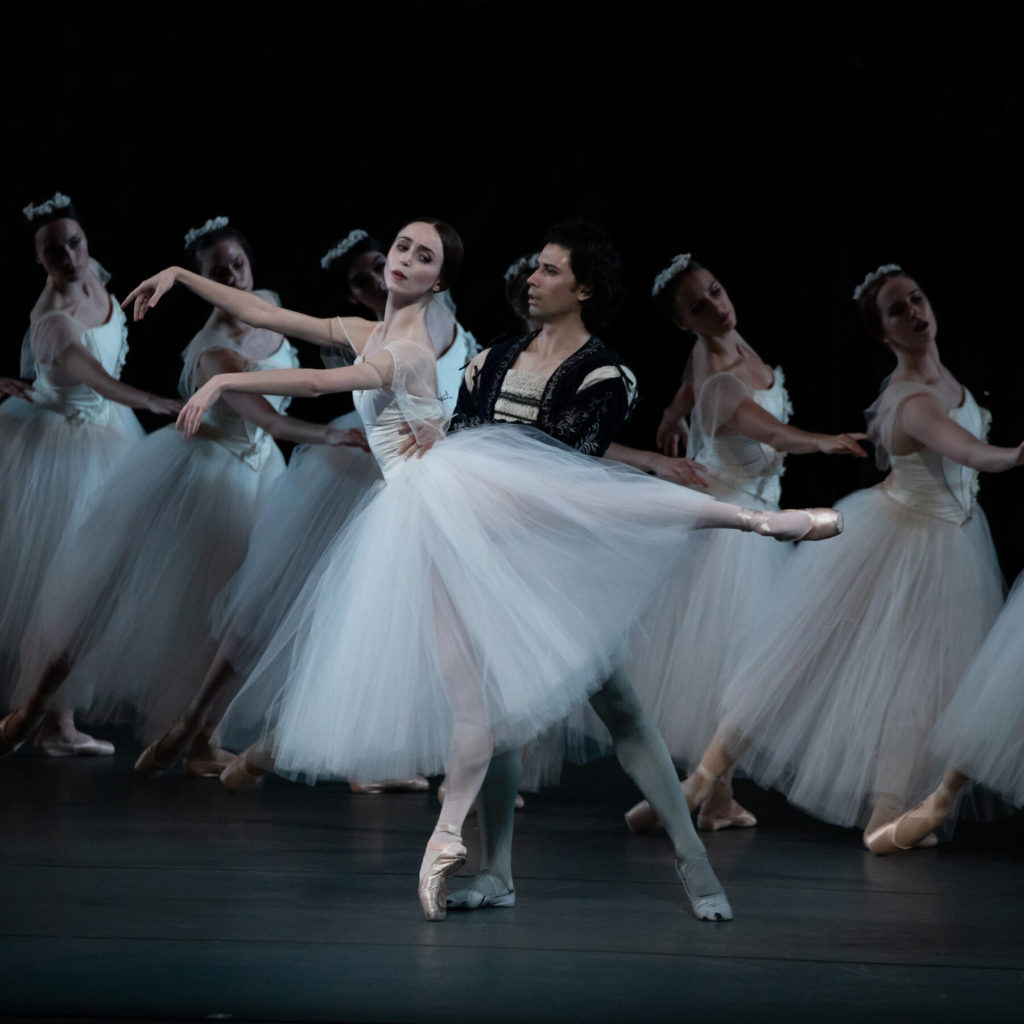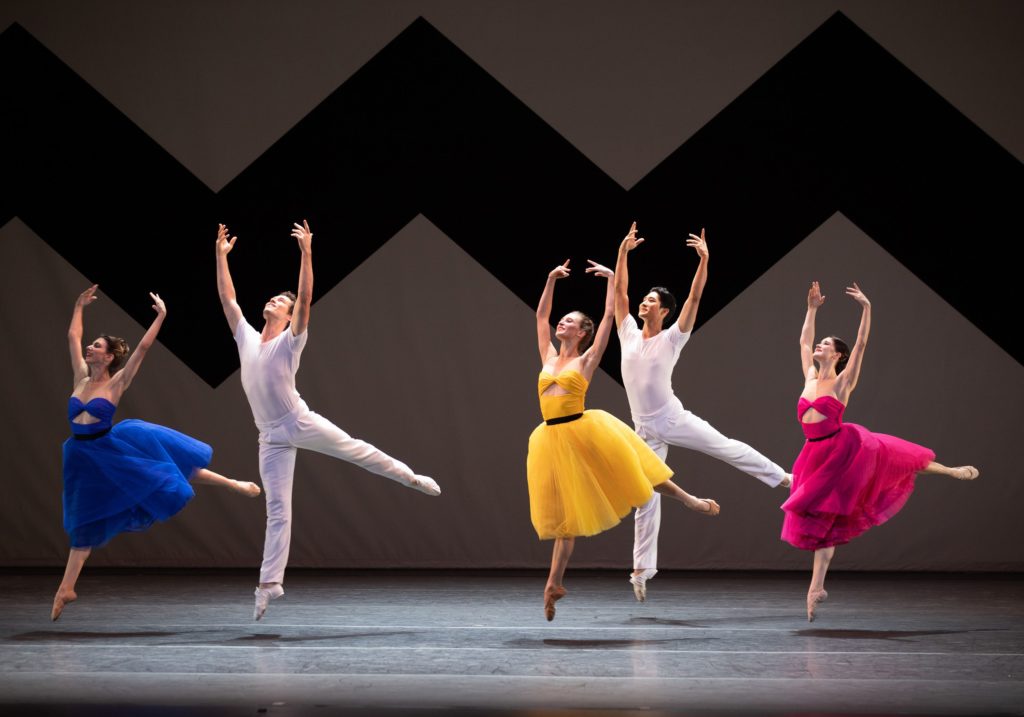VIEWPOINTS – With “Giselle” and a pair of diverse mixed bills, AMERICAN BALLET THEATRE brings variety (if unevenness) to its fall season
- By drediman
- October 29, 2021
- No Comments
Over the past two weeks, American Ballet Theatre has taken up residence at the David H. Koch Theater at Lincoln Center. As New York’s other major classical ballet company (aside from New York City Ballet, which recently successfully completed its fall season at the same venue), Ballet Theatre brings its own indispensable brand to the table, namely its portfolio of traditionally staged full-length ballets, as well as its eagerness to team up with exciting contemporary choreographers to come up with fresh new works. Although admittedly a mixed bag, the company’s current fall season thankfully continues to exhibit these qualities, bringing their beloved evening-length production of Giselle, as well as a pair of diverse mixed bills to the Koch.

Ballet Theatre’s picturesque production of Giselle – perhaps the greatest of the Romantic classical story ballets – is one of the finest in the company’s repertoire. The chance to see it snugly staged at the Koch (as opposed to the expansive stage of the Metropolitan Opera House, where it’s usually performed) was a special treat, especially for viewing the ballet’s more mime and acting driven first act. One of the more highly anticipated casting announcements of Giselle‘s weeklong run this fall was the pairing of company superstar Herman Cornejo and the exquisite Skylar Brandt, who debuted in the title role last week (RECOMMENDED). Both being more compact dancers, they’re certainly well-paired physically. At the performance, Mr. Cornejo dialed back his pyrotechnics and was less the showboat that I’ve grown accustomed to. Ms. Brandt, on the other hand, danced an ideal debut Giselle – seemingly delicate and vulnerable, yet in possession of a passionate soul, which manifested itself through the ethereal lightness and clear intent of her dancing (my goodness, I gasped at the impressive airiness of her leaps!), particularly during the ballet’s iconic second act. Perhaps calibrating their acting for the more “intimate” Koch auditorium, Ms. Brandt and Mr. Cornejo’s dramatic performances seemed more naturalistic – and therefore less viscerally impactful – than the overwrought drama typically associated with the ballet (which I admittedly missed).

Of the two mixed bills on view this week, I attended “Theatre, Ballet, and an Icon” (SOMEWHAT RECOMMENDED), which features new works by Lauren Lovette (who recently retired from the ranks of City Ballet) and Jessica Lang. Unfortunately, Ms. Lovette’s La Follia Variations – which is making its New York premiere and opened the program – was a disappointment. Ms. Lovette’s bizarrely clunky choreography works against the buoyancy of Francesco Geminiani’s score, which is confounding given Baroque music’s dance-friendly rhythms. Perhaps with more time to fully dedicate to choreography (instead of moonlighting as one), Ms. Lovette will find her voice more successfully as a dance-maker. The program ended with the world premiere of Ms. Lang’s ZigZag, a vastly more successful attempt. Set to a recorded suite of songs from the American Songbook sung by Tony Bennett and Lady Gaga, the piece is a nostalgic and very welcome love letter to New York. As such, it warmed the heart, with Ms. Lang’s playful and colorful choreography fitting the commission’s mandate, if a tad generically. However, the highlight of the evening for me was the opportunity to see the great Gillian Murphy onstage once again in Antony Tudor’s dreamy and moody 1942 one act story ballet Pillar of Fire. It was a distinct pleasure to see Ms. Murphy – one of the most technically gifted ballerinas of her generation – dancing with a mature inner radiance at this point in her career. As her two potential lovers in the ballet, both Thomas Forster and Cory Stearns cut convincingly dashing figures worthy of pining over.
The other mixed bill is entitled “Rhythm and Rapture”, a program which specifically celebrates LGBTQIA+ pride. The bill features new works previously streamed online during the pandemic (Alexei Ratmansky’s Bernstein in a Bubble, Christopher Rudd’s male/male pas de deux Touché), as well as diverse pieces from the company’s repertoire (Clark Tippet’s Some Assembly Required, Darrell Grand Moultrie’s Indestructible Light).
AMERICAN BALLET THEATRE: FALL 2021 SEASON
Dance
David H. Koch Theater
Fall season concludes on October 31

 Copyright © 2025
Copyright © 2025
Leave a Reply